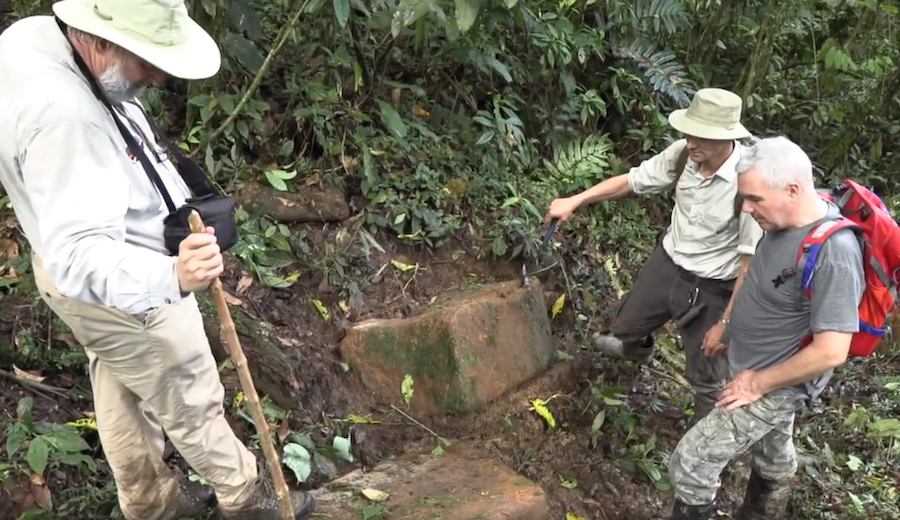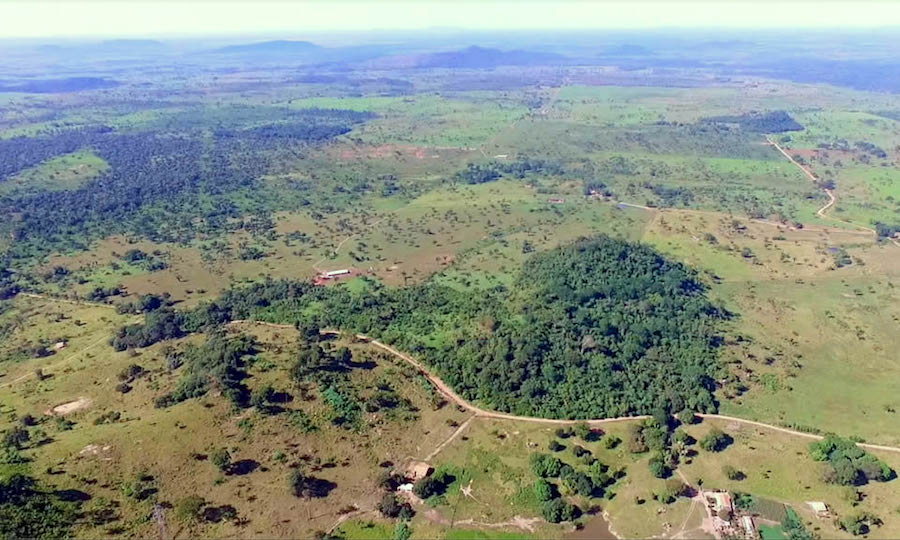Aurania finds evidence of ancient mine corridor at Lost Cities – Cutucu

Aurania Resources (TSXV: ARU) reported that it found more evidence of ancient roads and peculiar landforms that may be old prospecting or mine sites near its Lost Cities – Cutucu project in southeastern Ecuador.
The Lost Cities – Cutucu project, in the southeastern province of Morona-Santiago, consists of 42 concessions located in the central part of the Cordillera de Cutucu. The area contains clusters of porphyry copper, gold-copper skarn and epithermal gold deposits.
In detail, the Canadian miner found the roads in the vicinity of the Tiria-Shimpia silver-zinc-lead target area, which is developing into one of the larger mineralized areas so far identified in the exploration of the project.
According to Aurania, further investigation of the jungle-covered road reported to be visible in LiDAR imagery in May supports the concept that it is, indeed, an engineered structure.
“Detailed LiDAR profiles leaves little doubt that the crest of the ridge has been artificially flattened and the drainage so well designed that there has been very little erosion of the road-bed, which is up to 100 metres across in places,” the company said in a media statement.
“Many of the trees growing from the road surface are up to a metre in diameter and are therefore quite ancient. This is referred to as the ‘eastern road.’ Another, termed the ‘western road’ runs along a ridge crest approximately 750 metres to the west.”
Further investigation of the jungle-covered road reported to be visible in LiDAR imagery supports the concept that it is, indeed, an engineered structure
In the statement, Aurania’s Chairman and CEO, Keith Barron, said that he and his team have been intrigued for a while by the accumulation of evidence that Tiria-Shimpia may have been investigated for silver by the Colonial Spanish.
“Although historic references to mining at the centres of Logroño de Los Caballeros and Sevilla de Oro do not reference silver production, the Colonial Spanish were already familiar with silver-lead-zinc mining at sites like Zacatecas in Mexico, some 20 years before Logroño and Sevilla were founded in Ecuador,” Barron said.
“The Council of the Indies in Spain mandated that all occurrences of minerals be examined thoroughly for the Crown by pitting and tunnelling, not just those that were gold-bearing. If such workings can be located, they potentially provide evidence of Spanish activity.”
Barron said that investigations of these peculiar landforms in the Tiria-Shimpia area will continue and that fieldwork by a registered archeologist is required to confirm that the structures are man-made.
Subsequent to the archeologist’s investigation, the features may require further study by the National Institute of Cultural Heritage of Ecuador.
{{ commodity.name }}
{{ post.title }}
{{ post.date }}

Comments